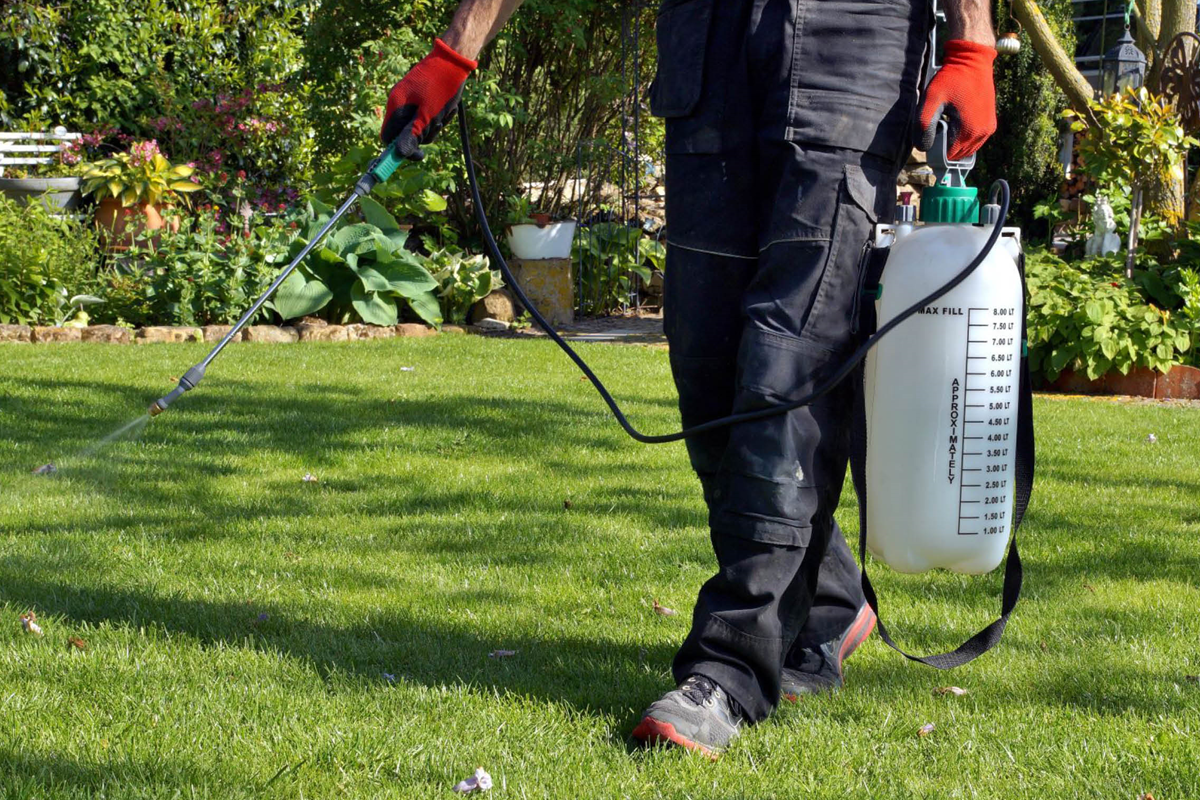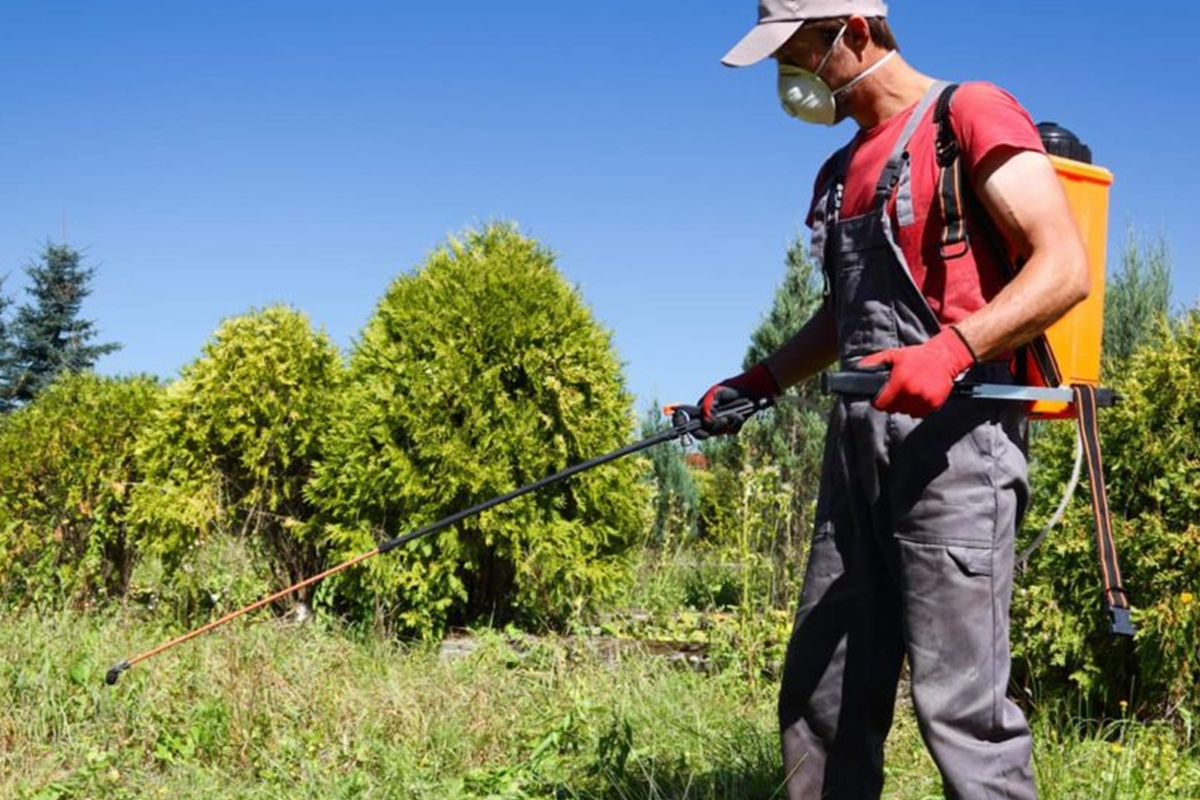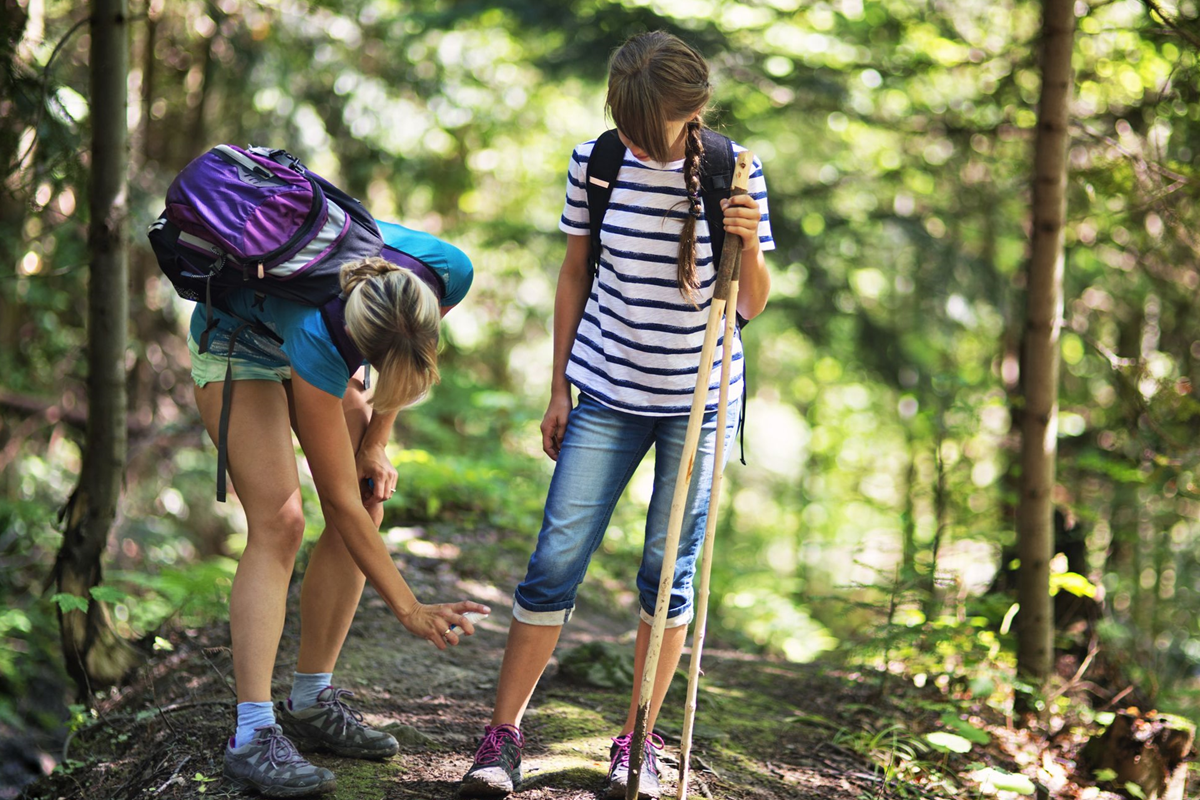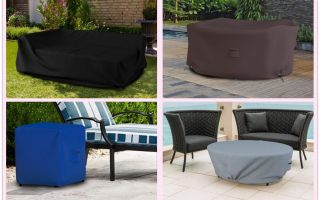Most gardeners will water their plants regularly so that they grow well. In addition to the plants which the gardener has planted, often weeds will also flourish in the garden or pots. These weeds will use the nutrients in the soil, and adversely affect the growth of the flowering plants, vegetables. In some cases, the weeds are harmful or can cause itching, rashes. While pulling out the weeds is one of the most popular methods to remove them, it is very time consuming. So increasingly people wish to use herbicides to get rid of weeds and plants which they do not require. Some information on How to use herbicides correctly is given below.

Herbicides can be classified mainly into selective herbicides and non-selective herbicides. Selective herbicides will only act on certain categories of weeds to kill them. Hence the gardener should try to identify the main varieties of weeds which are growing in the garden,and then find out if there is any selective herbicide which is available. In many cases, there are weeds which cannot be identified, or multiple types of weed are growing in the garden, In this case non-selective herbicides which kill all the weeds and plants can be applied. However,care should be taken to ensure that the herbicide does not damage the valued plants in the garden.
There are different types of herbicides available, which greatly differ in their chemical composition. So the user should read the instructions for use of the herbicides and follow them when applying them to the plants. They should not be applied to plants close to a water body since they will pollute the water. Since the herbicides are usually toxic, the person applying should wear safety gloves,mask and sleeves for protection. Children and pets should not be present when the herbicide is being applied. Additionally,only the required quantity of herbicide should be used and when not in use, the herbicide should be stored safely




